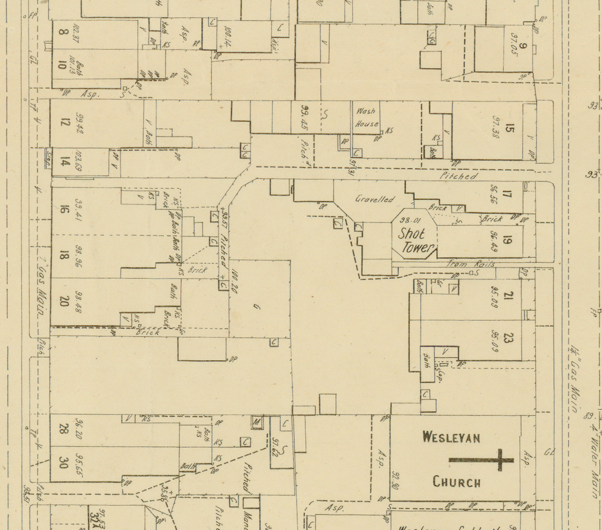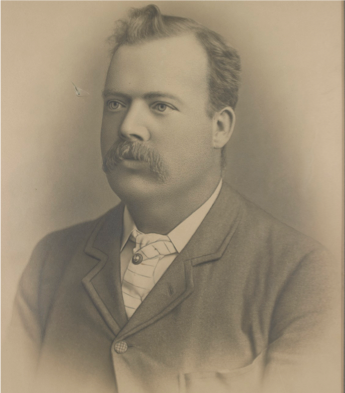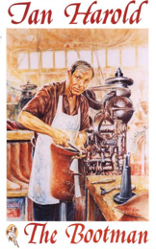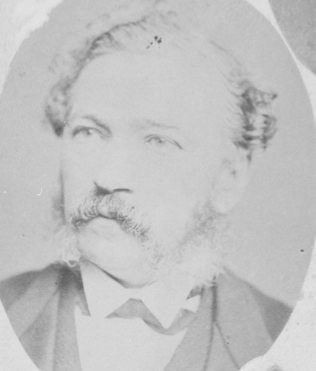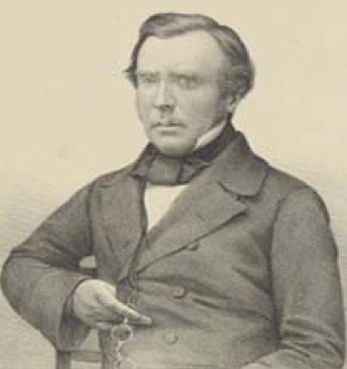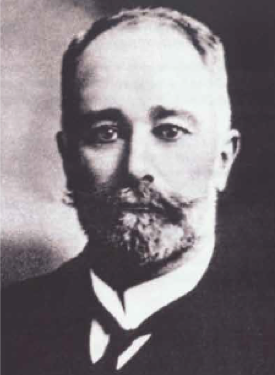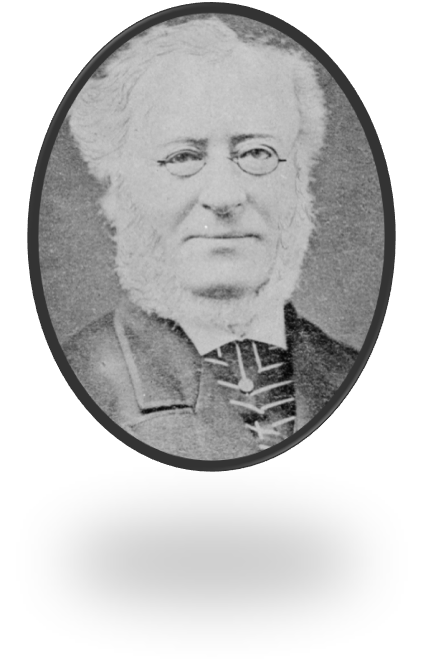Collingwood Notables Database
Eugen Louis Hamel
c. 1827-1900
Lead shot maker
John Hancock
1846-1899
Compositor, trade unionist, Member of Parliament
Born in the London district of Clerkenwell, Hancock was a compositor who migrated to Melbourne in 1884 with his wife Charlotte and their children. He had been influenced early in life by Chartism, especially under the tutelage of his teacher Mr Tuck, and in Australia became interested in the possibilities of working-class representation in Parliament. While no firebrand, his wide experience led to his becoming the Secretary of the Typographical Society and President of the Trades Hall. In January 1890 he was elected to the council of the Working Men’s College (later RMIT).
Ian Alexander Harold
1938 - 2020
Boot manufacturer
The City of Collingwood has been famous as the capital of the Australia’s boot and shoe manufacturing from the late 19th until well into the 20th century and was the location of many dozens of footwear factories and associated industries. Ian Harold’s claim to fame includes his perseverance – and humour – in keeping the last of Collingwood’s old style boot factories in production while all the others closed around him. The Harold Boot Factory, started by Ian’s grandfather Frederick, eventually left 205 Gipps St Abbotsford to move to Fairfield in 2008. Ian’s lineage is also extraordinary in that Harold Boot Company claim a family history of boot making dating back to the 1400s in Leicestershire, England where Ian Harold's ancestors were bespoke boot makers.
Isaac Hart
1820-1899
Importer and commercial agent
Isaac Hart lived in Collingwood for over thirty years, was appointed a Justice of the Peace in 1870 and took an interest in the Collingwood School of Design. He was a well-known Melbourne identity as a founding member of the Melbourne Hebrew Congregation, a committee member of the Board of Education, a board member of the Metropolitan Gas Company, and a trustee of the Melbourne General Cemetery. In the last role he was very active in the establishment and development of the Jewish section of the cemetery.
James Bond Hayman
c. 1832-1892
Tanner, currier, leather cutter
Hayman was one of a number of men who saw the banks of the Yarra in Abbotsford as a suitable place to establish an industry that relied on a copious supply of running water, and access to a refuse drain. Also like many others in the nineteenth century, he did not shy away from his noxious trade, but lived right next door to the Grosvenor Tannery with his family. His daughter married one of the tannery employees.
John Hodgson
1799-1860
Merchant, early settler, horse breeder, land subdivider, Mayor of Melbourne, Member of Parliament
John Hodgson was a merchant who purchased large landholdings in Collingwood in the 1840s. He was the first owner of St Helier’s in Abbotsford, and was thus one of Collingwood’s earliest European inhabitants, before selling the property to Edward Curr in 1842. He was the original owner of the Studley Arms Hotel in Wellington Street, was Mayor of Melbourne from 1853 to 1854, and a member of the Legislative Council from 1853 to 1860.
William Douthwaite Holgate
1856-1939
Auctioneer, councillor, mayor
W D Holgate was a driving force in the improvement of Clifton Hill in the 1880s, agitating for a railway service, a post office and a police station, building the Albert Hall, and establishing the Clifton Hill Literary Association before being elected to Collingwood council. He did not neglect his own financial welfare, making the most of the boom years for buying and selling property both as an agent and in his own right. He appears to have been a dynamic livewire with a wide range of interests, capable of switching from one career path to another without slowing pace.
George Horne
1860-1927
Doctor, surgeon, amateur ethnographer, amateur ornithologist
George Horne was a doctor in Queens Parade Clifton Hill and a surgeon at the Women’s Hospital. As well as his busy professional life he immersed himself in studying Aboriginal life and customs, and amassed a significant collection of stone implements and weapons. His book Savage life in Central Australia was regarded as a notable addition to the scientific literature of Australia. Natural history, especially the study of birds, was another of his passions. His obituary described him as ‘a notable figure in the medical and intellectual life of the city’.
Robert Hurst
1830-1895
Bootmaker
Robert Hurst was a successful bootmaker, unusual in that he not only manufactured and imported boots and shoes, but sold them in his own shops. The number one shop was in Smith Street on the corner of Peel Street (demolished) and he had shops in many other suburbs and the city as well as Ballarat and Geelong.

